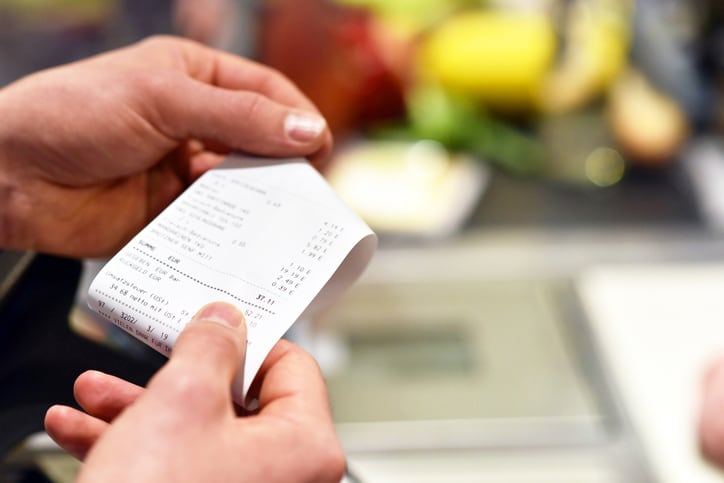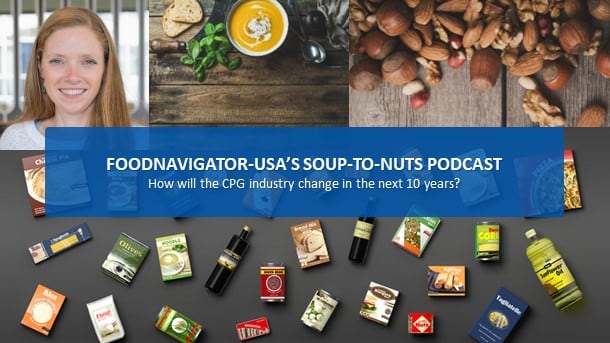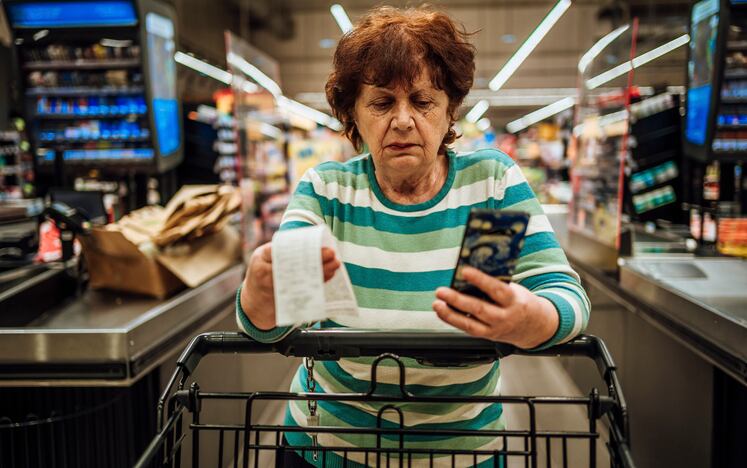A recent report from Boston Consulting Group suggests that consumers are acting as though the economy is already in a recession, pulling back on spending and trading down when they do buy as they grapple with an average 3% decline in real wages in 2022.
To cope, consumers “are looking for promotions, shopping online to get better prices, making fewer trips to the store and reducing their leisure expenditures,” per the report.
In turn, CPG marketers are relying on “tried-and-true approaches that they feel have the greatest short-term impact” - namely, higher list prices and smaller package sizes - as they confront rising production costs themselves.
However, those strategies may not be as effective as they have been during past downturns, BCG cautioned.
“Given the cost-of-living crisis, these measures may be reaching their practical limits, despite the successes of recent campaigns,” the consulting firm said.
For instance, while downsizing packs can provide affordable price points, “coming away with less of the same product for the same money is not a satisfactory bargain for most income-constrained consumers.”
BCG said it has seen many companies focusing on immediate results instead of medium- to long-term gains. But those that do take a longer view often produce higher shareholder returns.
Balance growth and profits
While 60% of CPG companies surveyed by BCG increased prices multiple times over the past 18 months, 70% said they need “additional levers to balance growth and profits.”
The consulting firm advised them to adjust their forecasting to integrate AI methodologies instead of relying solely on historical data, which could help CPG marketers understand how consumers select price points and product sizes.
Additionally, BCG suggested that the current consumer belt-tightening could provide an opportunity for firms to make adjustments to their SKUs. For instance, reengineering top SKUs to increase margins could reduce waste by 30%.
“The key is to address complexity at the recipe, formulation, and packaging levels for core SKUs, informed by consumers’ perceived value and willingness to pay and by recognition of the true drivers of complexity and cost in manufacturing and the supply chain,” BCG said.
As for promotions, some companies have reduced funding while others are using promotional prices to offset price increases. BCG advised firms to take a look at consumer behavior holistically to choose the right path.
“Some shoppers can bear modest price increase at the shelf paired with shallower, less frequent promotions; others can bear higher shelf prices supported by promotions that drive incremental volume,” the consulting firm said.
Companies react to higher inflation
Euromonitor International projects that inflation will reach 6.2% in 2023, below 2022’s 8.9% but still a significant factor weighing on consumers.
A post from the Euromonitor’s Andres Chehtman and Tristan Höver explained that consumers’ reaction to price inflation for food will vary based on their income level, price sensitivity and brand loyalty.
While BCG suggested higher prices and smaller package sizes might not pay off in the long run, many food companies are focusing their efforts on the short term to retain consumers.
In response to rising costs, food companies are taking several paths forward in response to inflation. For instance, companies with lower competition or high income customers are tending to pass costs onto consumers.
Meanwhile, some food manufacturers are focusing on adding value to justify their price increases, featuring convenience, health attributes and sustainability to attract and maintain mid-to-high income earners.
Other firms are opting not to make changes to their product but instead aim to launch new brands in lower price segments or reduce adjacent costs, such as working with closer suppliers to save on transportation costs.
Still, some are relying on package size reduction to avoid unit price increases, or shifting the packaging type or ingredients for lower costs.
“Consumers will continue to seek better value from their food products, while companies should, in this context, consider reviewing recipes and/or marketing mix to absorb some of their higher costs,” Euromonitor says.
Cost of living crisis driving consumer trends
According to a recent post from Euromonitor’s An Hodgson, consumers are struggling to maintain their standard of living - and in some instances, to meet basic needs.
She’s seeing the cost of living crisis lead to two consumer trends, dubbed Budgeteers and Eco Economics.
Budgeteers are keeping savings top-of-mind, representing “consumers [who] want to get the most for their money,” while Eco Economics have been spurred to decrease consumption and consider environmental impacts.
Packaged food marketers would be wise to keep the trends in mind, as consumers’ recessionary habits are likely to stick, Hodgson advised.
Behavioral changes stemming from those trends include a shift to discount retailers as consumers’ first stop, with 31% of global consumers saying they plan to increase discount store visits in 2023.
Value is king
In addition, consumers’ priorities have shifted, with a focus on value instead of brand loyalty.
Hodgson explained that value perception isn’t only about money, but comprises quality, convenience, innovation and authenticity. Food marketers that understand what consumers value will be able to retain customers.
“Consumers switch brands as soon as they find, or are informed of, better value elsewhere,” she said. “They actively and critically engage with brands but do not hesitate to abandon brands that are neither value for money nor aligned with their values.”
Meanwhile, consumers are also embracing alternatives, which can include substitutions or “sharing, repairing, reusing or DIY, which can be both sustainable and cost-saving.”




